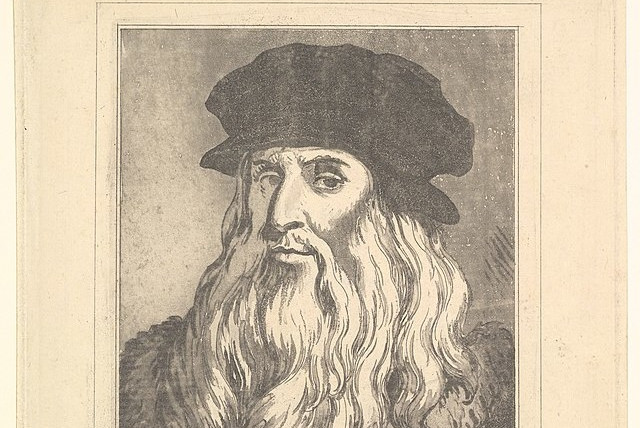Has the Mona Lisa's great mystery been solved after 500 years?

An art historian claims to have been able to decipher the location of the Mona Lisa in Leonardo da Vinci's famous painting - and it's not where most people had assumed.
The Mona Lisa is one of the world's most famous paintings – and also one of its most mysterious. The circumstances behind its creation continue to be shrouded in mystery.
According to the only known historical evidence by biographer Giorgio Vasari, the Mona Lisa was commissioned by a merchant named Jacondo in 1503 while in Florence. Artist Leonardo da Vinci finished the painting either in 1506 or 1507.
However, an art historian claims that historical documents have helped unravel one of the many mysteries surrounding the Monda Lisa: Where is she?
Specifically, where is the Mona Lisa supposed to be located in the painting?
What is the location of the Mona Lisa in the painting?
Italian art historian Silvano Vinceti, after working with the La Rocca cultural association and based on new historical documents and comparisons of different photographs of the painting, claims to have identified the bridge seen in the background of the Mona Lisa.
"It is the Romito Etruscan-Roman bridge, also known as Ponte di Valle, located in the municipality of Laterina in the province of Arezzo," Vinceti told the news outlet ANSA, referring to a bridge over the Arno River in Tuscany.
"Only one arch remains of the bridge today, but in the period between 1501 and 1503 the bridge was functioning and it was very busy, as shown by a document on the state of assets on Medici family properties, found in the state archives of Florence."
Antico Ponte Romito.#estateitaliana #naturelovers #freedom #9maggio #day44oflockdown #QuarantineLife pic.twitter.com/zGjJYWoonz
— Jasmine (@JBuricchi) May 9, 2020
In the past, people had assumed the bridge in the Mona Lisa was the Ponte Buriano bridge in Arezzo, or the Ponte Vecchio bridge in Bobbio in the Piacenza province.
But these don't match up to the bridge seen in the picture. But the Ponte di Valle, with its four arches instead of six or seven like the others, is a closer match.
"The distinctive form of the Arno along that stretch of territory corresponds to what Leonardo portrayed in the landscape to the left of the noblewoman depicted in the famous painting," Vinceti told ASNA.
These comparisons were possible thanks to the use of drones to better analyze the landscape around the bridge.
While the bridge is now largely collapsed, it once served as an important shortcut between Florence and Fiesole, the latter being a place where da Vinci was known to often visit, staying alongside his uncle.
However, not everyone agrees with this conclusion, with several art historians arguing that da Vinci never intended to paint any specific bridge.
According to University of Virginia art historian Francesca Fiorani, da Vinci was a devout observer of nature but never directly copied it. Rather, she argued that the bridge is inspired by the many bridges crossing the Arno in Tuscany, but isn't any one specific bridge.
Regardless, Vinceti's findings could spur a boom in tourism to the small town of just 3,500. Who will be the first to fly over and take a picture against the background, with a playful Mona Lisa-esque smile?
Jerusalem Post Store
`; document.getElementById("linkPremium").innerHTML = cont; var divWithLink = document.getElementById("premium-link"); if (divWithLink !== null && divWithLink !== 'undefined') { divWithLink.style.border = "solid 1px #cb0f3e"; divWithLink.style.textAlign = "center"; divWithLink.style.marginBottom = "15px"; divWithLink.style.marginTop = "15px"; divWithLink.style.width = "100%"; divWithLink.style.backgroundColor = "#122952"; divWithLink.style.color = "#ffffff"; divWithLink.style.lineHeight = "1.5"; } } (function (v, i) { });

